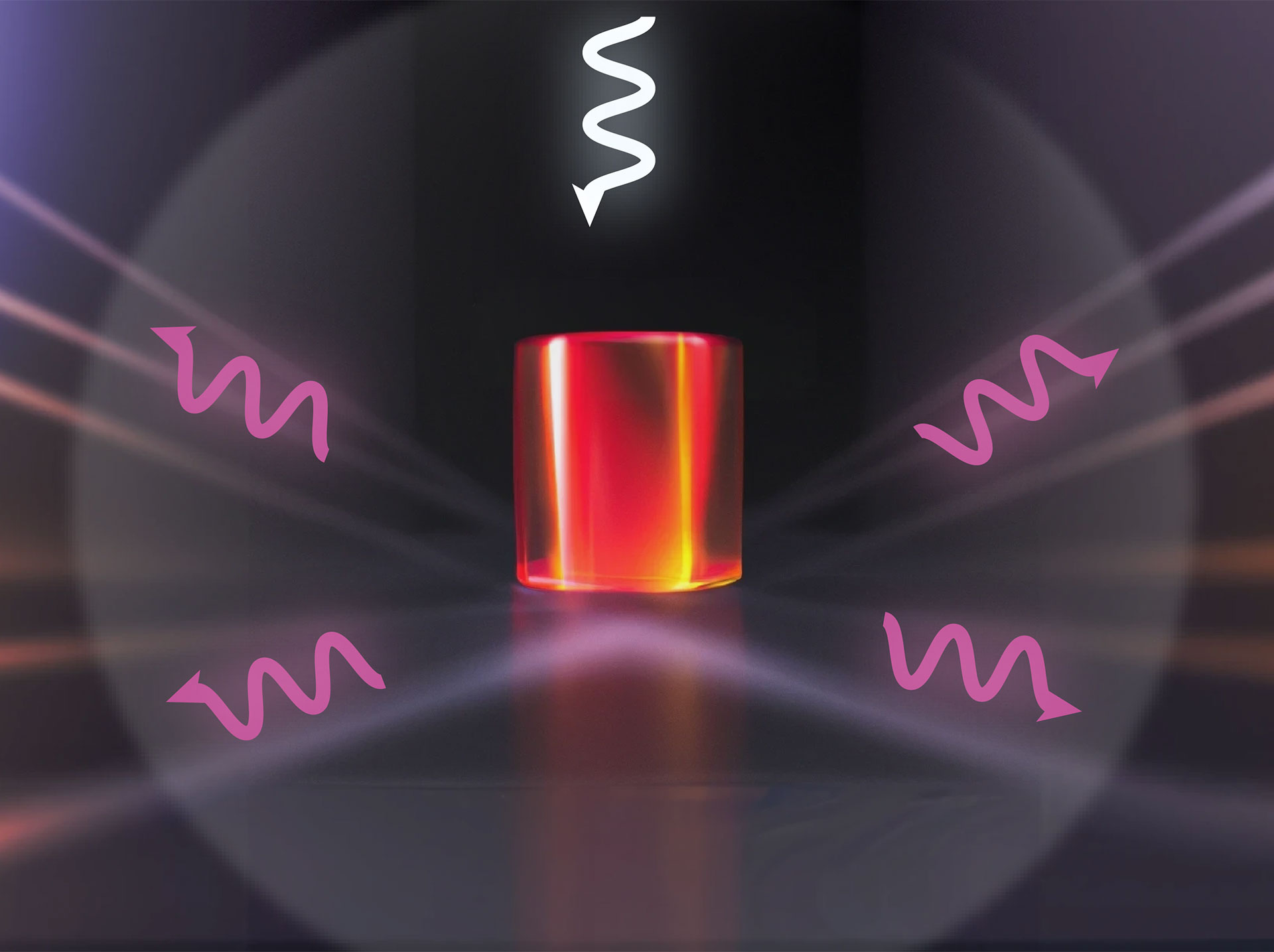“We have discovered a mechanism that turns nanoparticles into super scatterers,” reports Adrià Canós Valero, first author of the publication, which appeared in the research journal Nature Communications. “The shape and dimensions of the particles are crucial. When a laser hits a nanoparticle, part of the light is scattered. The new process we discovered allows, just by designing particles of a certain size and shape, to control the properties of the light – that is, how much is scattered, in which directions and which wavelengths.”
The inspiration for the effect came from an unexpected source. “There are also nanostructures in which light remains trapped and is not scattered. We realized that if we break such structures by changing their size and shape and release the light, a new type of resonance is created – a vibration that scatters light very strongly, even beyond the single-channel limit. We call such oscillations super-dipole resonances,” explains Thomas Weiss, head of the Theoretical Nanophysics group at the University of Graz.
In an experiment with microwaves, the researchers have already demonstrated how super-scattering nanoparticles work. Soon they should also succeed with visible light.
Publication
Superscattering Emerging from the Physics of Bound States in the Continuum
Adrià Canós Valero, Hadi K. Shamkhi, Anton S. Kupriianov, Thomas Weiss, Alexander A. Pavlov, Dmitrii Redka, Vjaceslavs Bobrovs, Yuri Kivshar and Alexander S. Shalin
Nature Communications
https://www.nature.com/articles/s41467-023-40382-y
